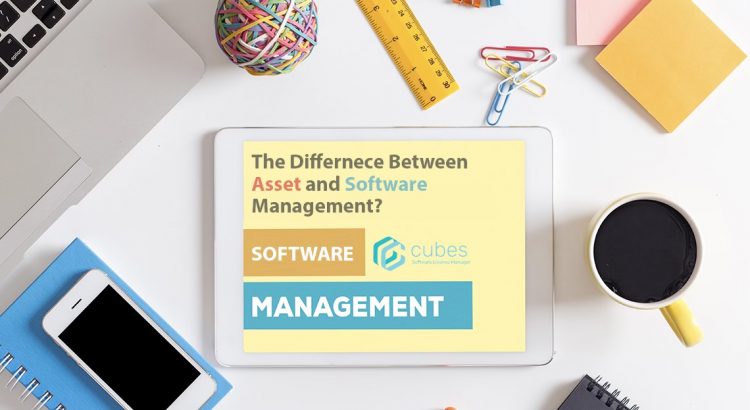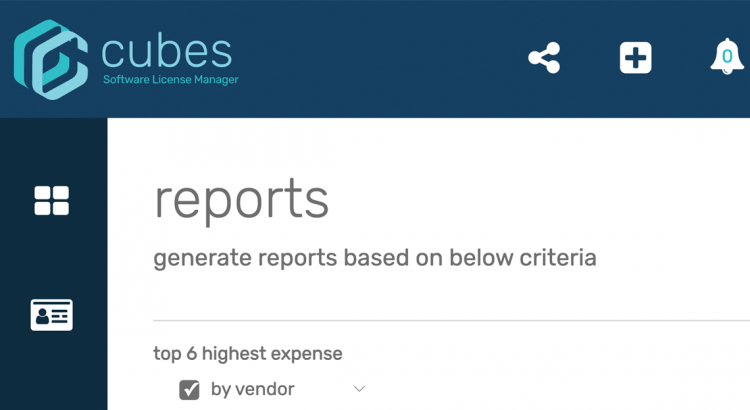Have you ever wondered how much money you spend on unused or underutilized software licenses? Or how much risk the business is exposed to by not having a clear understanding of your software assets? It is time to learn about software asset management (SAM) life cycle. In this article, we will discuss everything you need […]
Tag: software asset manager

The Difference Between AMS (Asset Management Software) and SAM (Software Asset Management)?
Asset management software, is a tool designed to help businesses and organizations track and manage their physical and digital assets throughout their lifecycle. These assets can include tangible items such as computers, office equipment, machinery, vehicles, and furniture, as well as intangible assets like software licenses, patents, and warranties. The primary functions of Asset Management […]

License Management Software for Effective Software Asset Management
Software asset management (SAM) is a critical practice for businesses of all sizes. It involves managing and optimizing software assets to ensure compliance, reduce costs, and enhance operational efficiency. However, manual license tracking and compliance can be complex and time-consuming, leading to significant challenges for organizations. This is where license management software comes into play, […]

Why License Management Tools Are Essential
Having a fully effective Software Asset Management (SAM) program is essential for all organizations, whether big or small. However, one of the biggest challenges is making SAM a priority, placing license management at the bottom of an organization’s “to-do” list. To help you better understand why your organization needs a license management tool, we’ve outlined […]
